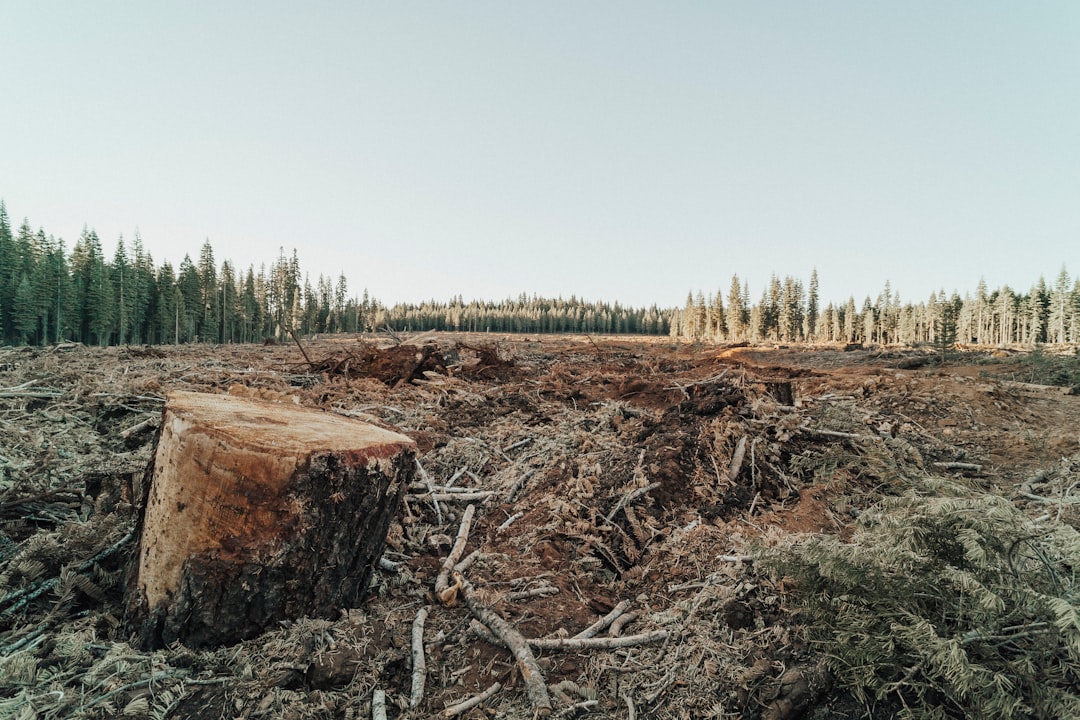Forests are among the planet's most vital ecosystems, providing essential services such as carbon storage, biodiversity conservation, water regulation, and livelihood support for millions of people. Yet, they continue to be lost and degraded at alarming rates. Deforestation and forest degradation are two of the most significant environmental challenges of our time—fueling climate change, threatening biodiversity, and undermining sustainable development.
In this blog post, we’ll explore the root causes of deforestation and forest degradation, the profound impacts they have on the environment and society, and the solutions that can help turn the tide.
What Are Deforestation and Forest Degradation?
-
Deforestation refers to the complete removal of forests, often for land conversion to agriculture, mining, or infrastructure. It involves a permanent change in land use.
-
Forest degradation involves a decline in forest health, density, or biodiversity, often due to selective logging, pollution, invasive species, or unsustainable resource extraction. The forest may still exist, but its ecological integrity is compromised.
Causes of Deforestation and Forest Degradation
1. Agricultural Expansion
One of the primary drivers, especially in tropical regions, is the conversion of forests into farmland or pasture. This includes:
-
Industrial agriculture (e.g., soy, palm oil, cattle ranching)
-
Small-scale subsistence farming
2. Logging and Timber Harvesting
Legal and illegal logging for timber, fuelwood, and paper products leads to degradation and, in some cases, full-scale deforestation.
3. Infrastructure Development
Roads, urban expansion, and large-scale projects such as dams and pipelines often cut through forested areas, fragmenting habitats and facilitating further exploitation.
4. Mining and Extractive Industries
Mineral and fossil fuel extraction requires clearing land, often leading to pollution and long-term degradation of the surrounding ecosystem.
5. Fires (Natural and Human-Induced)
Uncontrolled forest fires, often started by land clearing activities, can destroy large swaths of forest. Climate change is also increasing fire frequency and severity.
6. Climate Change
While it’s a consequence of forest loss, climate change also feeds back into the problem—causing droughts, pest outbreaks, and altered weather patterns that degrade forest ecosystems.
Environmental and Social Impacts
1. Climate Change Acceleration
Forests store vast amounts of carbon. When trees are cut down or burned, carbon dioxide is released, contributing to global warming. Deforestation is responsible for about 10% of global greenhouse gas emissions.
2. Biodiversity Loss
Forests are home to more than 80% of the world’s terrestrial species. Habitat destruction leads to species extinction and disrupts ecological networks.
3. Disrupted Water Cycles
Trees play a crucial role in maintaining water cycles. Forest loss can reduce rainfall, increase drought, and degrade watersheds.
4. Soil Degradation
Without forest cover, soils are exposed to erosion, compaction, and nutrient loss, reducing land productivity and increasing the risk of landslides.
5. Threats to Indigenous Peoples and Local Communities
Many Indigenous and rural communities depend on forests for their culture, sustenance, and livelihoods. Deforestation undermines their rights and well-being.
Solutions and Strategies
1. Sustainable Forest Management
Adopting practices that maintain forest productivity while preserving biodiversity and ecological functions:
-
Reduced-impact logging
-
Certification schemes (e.g., FSC, PEFC)
-
Forest monitoring and planning
2. Forest Conservation and Protected Areas
Expanding and enforcing protected areas to safeguard remaining intact forests and biodiversity hotspots.
3. Agroforestry and Sustainable Agriculture
Integrating trees into farming systems can improve productivity, restore degraded lands, and reduce pressure on natural forests.
4. Reforestation and Afforestation
Planting trees in deforested areas (reforestation) or where there were no previous forests (afforestation) can help restore ecosystems and sequester carbon.
5. Legal and Policy Reforms
Enforcing land rights, cracking down on illegal logging, and promoting transparency in forest governance are essential to stop deforestation at the root.
6. Indigenous and Community-Led Conservation
Supporting Indigenous land rights and community forestry initiatives empowers local stakeholders to manage forests sustainably and equitably.
7. Responsible Consumption
Consumers can make a difference by choosing products certified as sustainable, reducing meat consumption, and supporting companies with deforestation-free supply chains.
Conclusion
Deforestation and forest degradation are urgent global challenges—but they are not insurmountable. By addressing the drivers, empowering communities, and investing in sustainable land-use strategies, we can protect and restore the world’s forests. These ecosystems are more than just collections of trees—they are lifelines for our climate, biodiversity, and collective future.
The time to act is now. Every tree protected, every forest preserved, and every hectare restored is a step toward a healthier planet for generations to come.

Comments
No comments yet. Be the first to comment!
You must be logged in to comment. Login